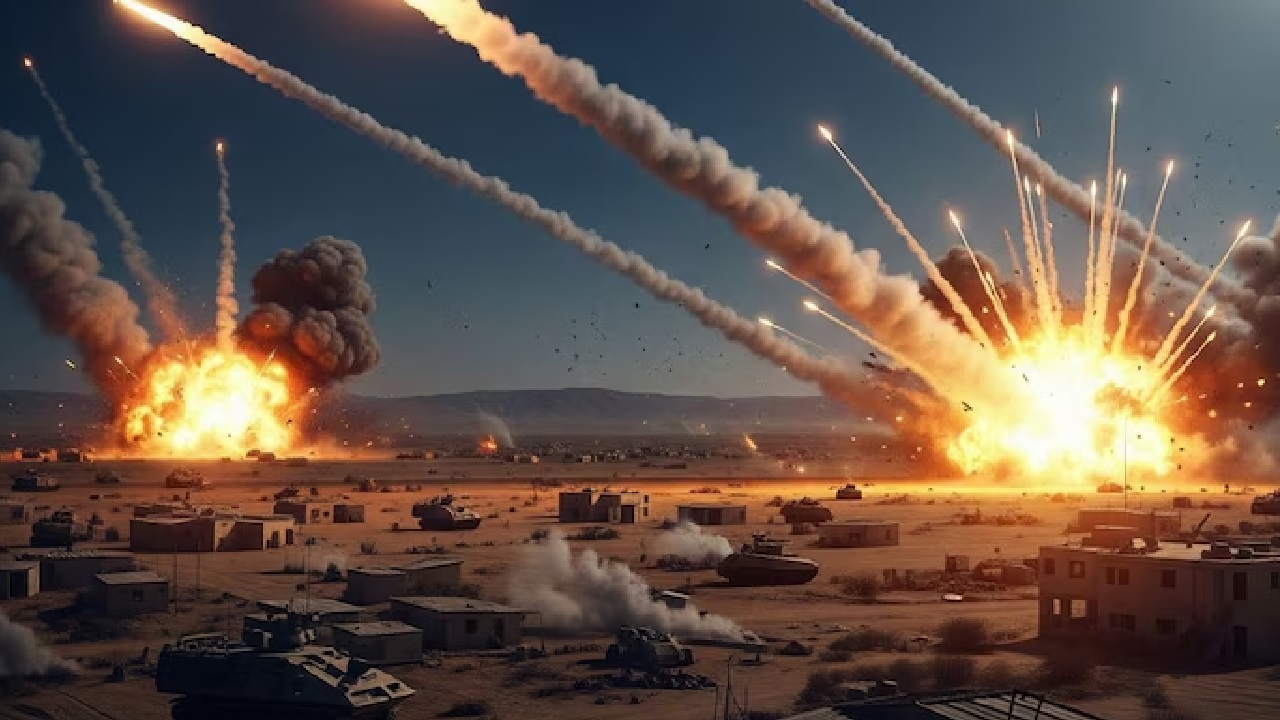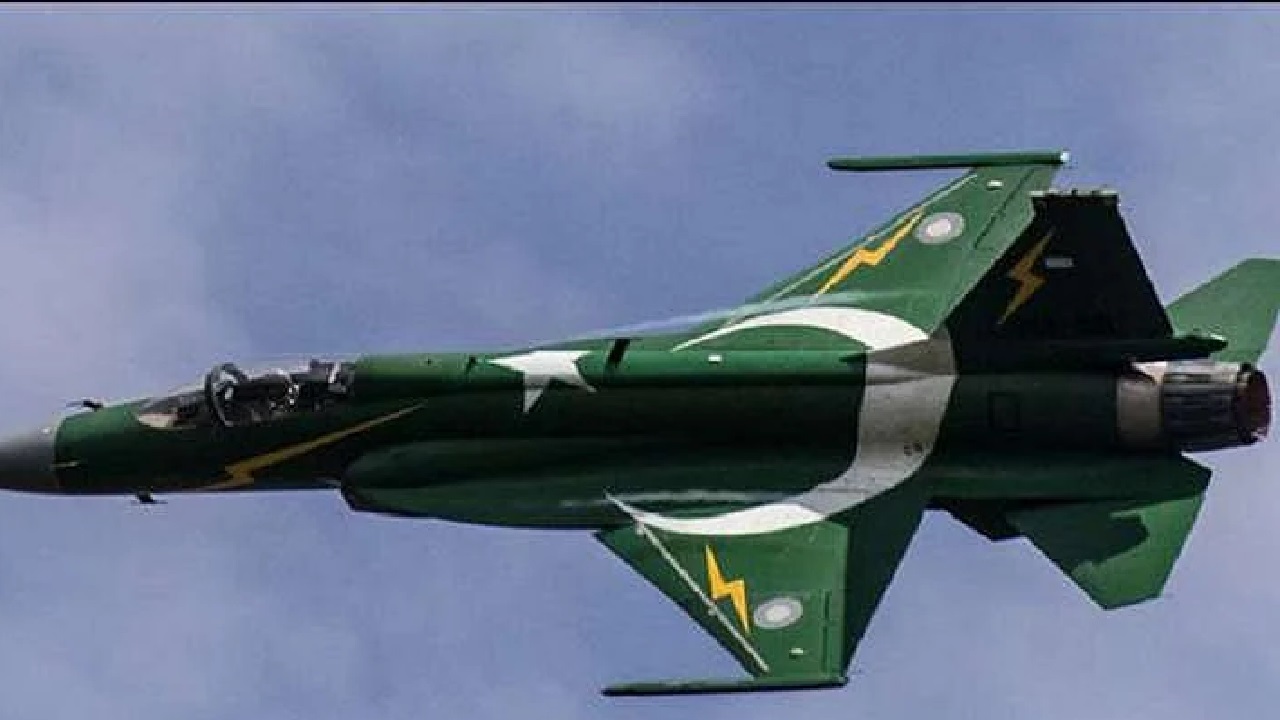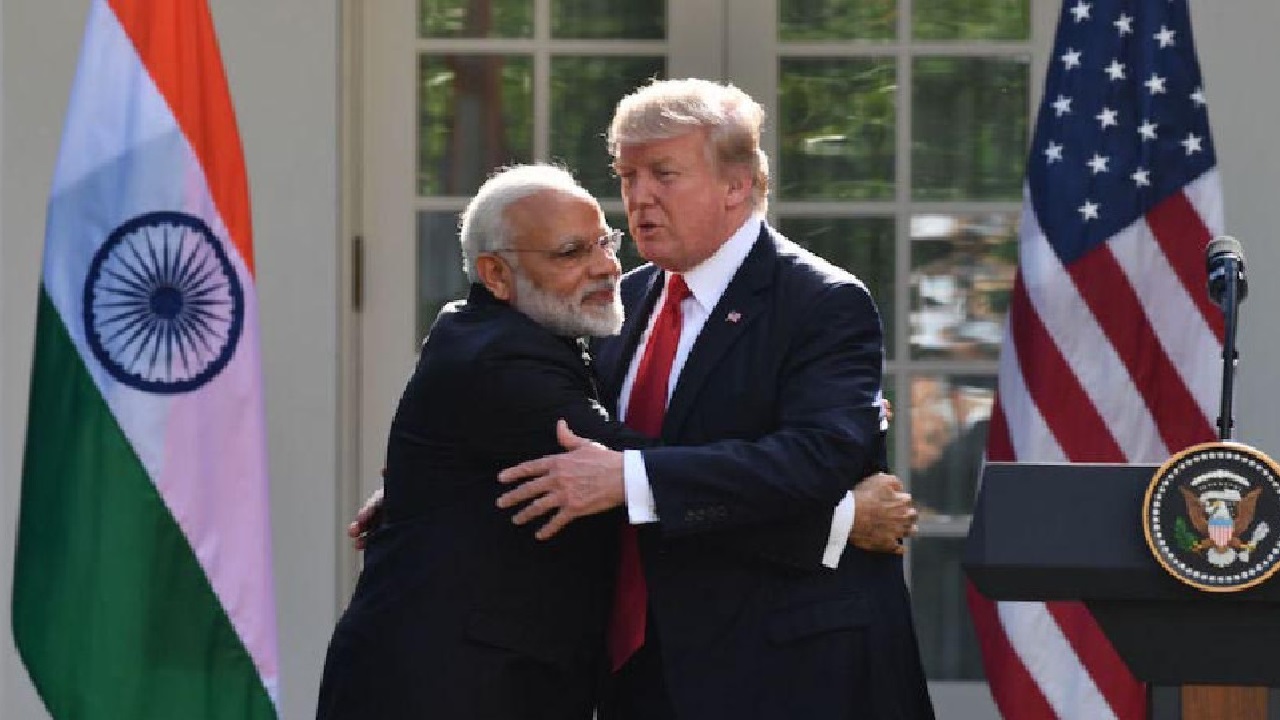A Dangerous Crossroads in Middle East History
As the Iran-Israel conflict enters its ninth day, the geopolitical landscape continues to shift under the weight of missile barrages, airstrikes, and rising diplomatic tensions. What began as a rapid escalation has now evolved into a conflict with global economic ripples, mounting casualties, and the specter of nuclear instability.
This high-stakes confrontation is not just a battle of military might but also of endurance, political messaging, and economic sustainability. With Israel conducting deep-penetration airstrikes into Iranian territory and Iran retaliating through direct missile launches, the region teeters on the edge of a broader and more devastating war.
The Battlefield Heats Up: Key Targets and Casualties
Israel has expanded its military operations, striking multiple Iranian cities, including Isfahan, home to one of Iran’s most significant nuclear facilities. Though Iranian officials acknowledged the targeting of the site, they have confirmed no hazardous leaks have occurred—at least for now.
More telling, perhaps, was Israel’s precision strike in Qom, which resulted in the killing of Saeed Izadi, a high-ranking commander of the Quds Force’s Palestine Corps, believed to be instrumental in arming Hamas ahead of the October 7, 2023 Gaza attack. Israeli Defense Minister Israel Katz hailed this as a major intelligence and military victory.
Simultaneously, attacks in Khorramabad claimed the lives of five members of Iran’s Revolutionary Guards, and reports emerged of civilian casualties, including the death of a 16-year-old and injuries to others in Qom. Iran’s Fars News Agency also reported that Ali Shamkhani, a senior advisor to Iran’s Supreme Leader, narrowly escaped an Israeli strike.
These developments underscore the growing intensity and precision of Israel’s military campaign, aimed not just at infrastructure, but at decapitating Iran’s strategic and military leadership.
Sky Wars: Israel Under Fire, Air Defenses Stretched
Israel’s homeland, too, remains under siege. Air raid sirens wailed across Tel Aviv and other central regions on Saturday morning as Iranian missiles streaked across the sky. Interceptions lit up the skies, with systems like David’s Sling and Arrow 3 neutralizing the majority of threats. Yet, the cost of these defensive measures is becoming a strategic liability.
The Economic Toll: $200 Million a Day and Rising
According to The Wall Street Journal, the financial cost of the war is proving unsustainable. Israel is burning through $200 million per day, making this conflict exponentially more expensive than its previous engagements in Gaza or with Hezbollah.
The primary cost driver is missile defense. Each interception can cost between $700,000 and $4 million, depending on the system used. So far, over 400 missiles have been fired at Israel, with multiple interception operations underway daily.
Offensively, flying F-35 fighter jets over 1,000 miles into Iranian airspace and deploying precision-guided munitions like JDAMs and MK84s compounds the cost. Analysts from the Aaron Institute for Economic Policy estimate that a month-long campaign could cost Israel nearly $12 billion.
“This war is far more expensive than Gaza or Hezbollah,” said economist Zvi Eckstein. “The ammunition—defensive and offensive—is the big expense.”
While Israel’s stock market has shown surprising resilience, the ground-level impact is severe. Reconstruction costs are expected to exceed $400 million, with widespread building damage and over 5,000 civilians displaced. The temporary shutdown of Israel’s largest oil refinery and the suspension of work across key infrastructure sectors are also adding to the country’s economic strain.
Nuclear Red Lines: Political Messaging vs. Strategic Ambiguity
The broader strategic concern remains Iran’s nuclear program. Israel’s offensive, launched on June 13, was publicly justified by claims that Iran is nearing nuclear weapons capability—a claim Tehran denies, asserting that its nuclear efforts are strictly peaceful.
While Iran remains firm in refusing to negotiate under threat, Israel continues to target nuclear-linked facilities and personnel. According to Human Rights Activists News Agency (HRANA), Israeli airstrikes have killed 639 individuals, including military officials and nuclear scientists. These strikes signal a clear intent: cripple Iran’s nuclear momentum, regardless of the cost.
Iran has accused Israel of hitting hospitals—three so far—and killing two health workers and a child, in addition to damaging six ambulances. Israel has not commented on these allegations, but the targeting of medical infrastructure may intensify international criticism.
Diplomatic Fallout and the Road Ahead
While Europe urges de-escalation, there are no signs of peace talks gaining traction. Iran remains defiant, Israel is unyielding, and the global diplomatic machinery is struggling to keep pace with the speed of escalation.
“If this lasts a week, it’s one thing. Two weeks or a month—it becomes a very different story,” warned former Bank of Israel Governor Karnit Flug.
International players—especially the U.S. and EU—are treading carefully, balancing condemnation, strategic interests, and calls for restraint. With every passing day, the risk of regional spillover grows, particularly involving proxy groups like Hezbollah or Houthi rebels.
A Conflict Racing Against Time and Reason
As Day 9 closes, the Iran-Israel conflict has morphed into something far greater than a regional skirmish. It’s a multi-dimensional war—military, economic, psychological, and political. Both sides are committed to strategic goals that leave little room for compromise.
But time may be the real enemy. For Israel, the spiralling costs and rising civilian toll may force a strategic recalibration. For Iran, maintaining internal stability and international legitimacy while under fire is an increasingly precarious balancing act.
Unless urgent diplomatic channels open soon, this conflict risks becoming a long-term geopolitical fault line, with consequences that could shape not just the Middle East—but the global order—for years to come.
(With agency inputs)








